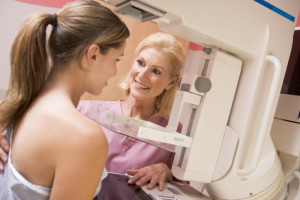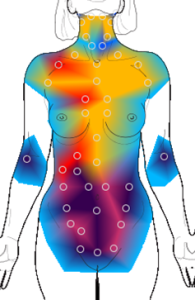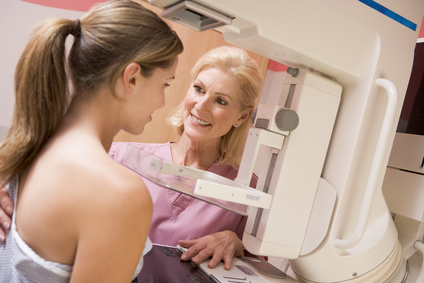 Breast cancer is one of the most common cancers among women in the United States. It is also one of the leading causes of mortality in all races. According to Centers for Disease Control and Prevention or CDC (as cited in: http://www.cdc.gov/cancer/breast/statistics/), in the year 2009, about 211,731 women in the United States were diagnosed with breast cancer while 40,676 women have died from it.
Breast cancer is one of the most common cancers among women in the United States. It is also one of the leading causes of mortality in all races. According to Centers for Disease Control and Prevention or CDC (as cited in: http://www.cdc.gov/cancer/breast/statistics/), in the year 2009, about 211,731 women in the United States were diagnosed with breast cancer while 40,676 women have died from it.
Breast cancer is an uncontrolled growth of breast cells. It is also a type of cancer that forms tissues within the ducts that bring milk and to the glands that produce milk. It occurs to both men and women, although it is more common in women.
Risk factors include the following:
- Age- As you grow older, the greater chances of having breast cancer
- Family History – It has been proven that if you have a close relative (mother, sister) doubles your risk
- Early menarche and late menopause – Women who started their menstruation (those earlier than 12 years old) and those who went through their menopause (later than 55) have increased chances
- Obesity
- Alcoholism
- Nulligravid (no child) or those who had their first child on their 30’s
- Use of oral contraceptives for the last 10 years
Early detection and diagnosis must be done to be aware of your condition and to receive proper treatment and management. Breast self-examination after a week of your menstruation also helps in examining if there are lumps, lesions or any malformations on your breasts. However, if you’re over 40 and have a high risk of developing breast cancer as stated above, you must undergo some tests and physical examination.
There are two different diagnostic exams available:
- Mammogram provides an x-ray picture of the breast. It is used to visualize the normal and abnormal structures within the breast. It can be able to determine if cysts, calcifications and tumors present.
- Another procedure used to detect abnormal structures of the breasts is the Functional Thermography.
 Thermography screening is a non-invasive and a safe procedure which uses digital infrared imaging to detect malformations and abnormal structures within the breast tissues. Unlike the mammogram which involves compression of the breasts, Thermogram uses infrared sensors to actually detect increased vascularity and presence of heat.
Thermography screening is a non-invasive and a safe procedure which uses digital infrared imaging to detect malformations and abnormal structures within the breast tissues. Unlike the mammogram which involves compression of the breasts, Thermogram uses infrared sensors to actually detect increased vascularity and presence of heat.
I myself only go for a Functional Thermogram because I don’t want to get more exposure to radiation and also want to find out what is the underlying cause of the disease. It is never to late to start taking care of yourself now. Schedule a session with Johanna


